LEED
As more and more people look for facilities with “green” features to do their part to help combat climate change, building designers and architects are toting their commitment to LEED practices.
LEED, which stands for Leadership in Energy and Environmental Design, is a ratings system that evaluates a building’s sustainability, efficiency and feasibility. For many, it’s a measure of the building’s overall health. Examples of LEED-friendly practices include efficient HVAC systems, use of daylight to reduce artificial lighting and higher indoor air quality.
A LEED platinum rating is the highest that can be earned, followed by gold, silver and basic certified. You’ll be able to leverage your rating to provide your client a more valuable facility that is not only kinder to the environment, but that also incorporates built-in cost savings.
Designing LEED-certified buildings doesn’t take much more effort, but it does require a heightened sense of awareness. Whatever materials or equipment you use, you’ll need to make sure they will conserve water, cut energy use or elevate the indoor air quality while still focusing on aesthetics.
Insulation has been a big factor in minimizing energy usage in LEED-certified buildings and “quality” matters a lot in terms of how an insulation material performs with regard to its impact in energy conservation, indoor air quality and longevity. This is precisely the point why you should never buy and use low quality cheap materials as the long-term repercussion of doing such is drastic. Poor quality materials won’t save energy, break down in a short period of time rendering it useless and can be a disaster by compromising the indoor air quality as toxic gases can be emitted under certain conditions, moisture and corrosion issues can also occur; damaging equipment and causing mold. All these are a health hazard to the occupants of the structure and would be costly to repair and fix once it has been incorporated inside the building.
Our company Kassel sells only materials that have complied with strict certification requirements for indoor air quality, performance and durability. Some of our products have point credits that would contribute to a building attaining the “LEED-certified” status. Our specialized materials have passed some of the strictest standards in terms of fire safety, thermal and acoustic performance.
As an architectural firm or designer specializing in these LEED-certified construction projects will provide you and your company with a competitive edge and ultimately lead to more business sales and increased profits. So, in the end, LEED certification is not only the right thing to do for planet Earth, it leads to enhanced client relationships and makes for good business.

